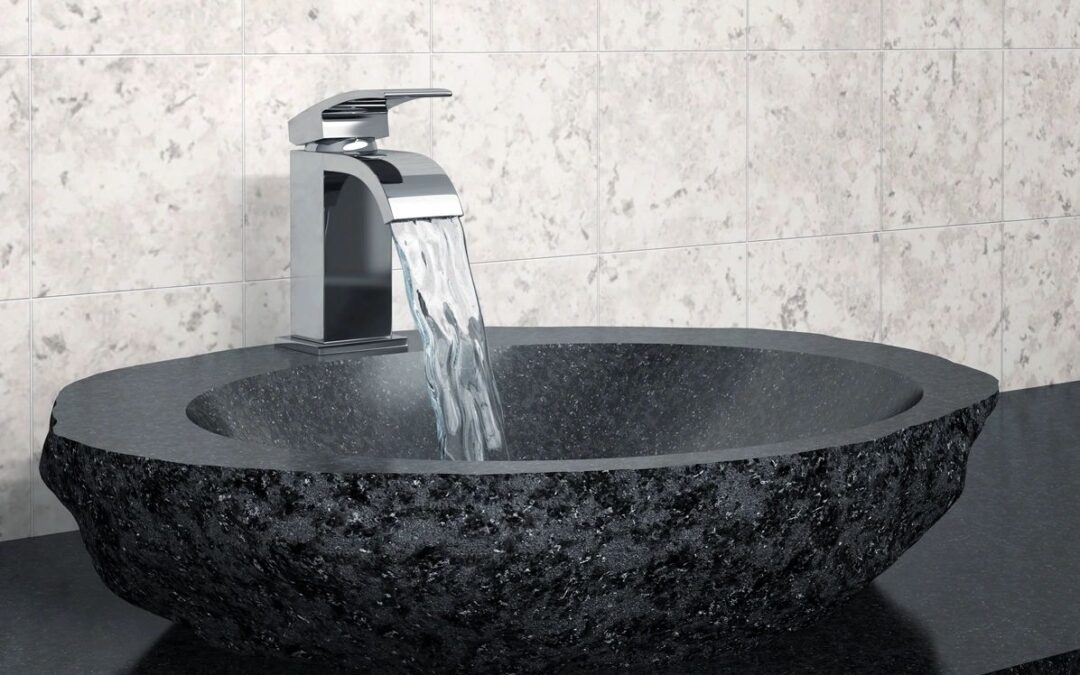Remodeling your bathroom and kitchen can be both exciting and strenuous. You get the fun feeling of starting fresh and updating the look of your fixtures.
But unless you’re working with one of the better plumbers in Seattle, you may also have to deal with many stresses and unknowns.
You’re likely to be stuck with whatever options you choose for years, so you should select the right fixtures from the start!
Here are a few tips and helpful advice on selecting the best plumbing fixtures for your home.
Bathroom Plumbing Fixtures
Shower Fixtures
Bathroom plumbing fixtures is always a good place to start, since most of your fixtures will be installed there. Your shower provides essential comfort, so your shower head needs to be easy to use and fit your needs.
There are several types and brands of shower plumbing fixtures to choose from, but the three most common are handheld, wall-mounted, and rain-style shower heads.
Handheld Shower Heads
Handheld shower heads are all about the convenience factor. You can use them as a wall-mounted shower head or detach them for a better angle.
Typically, handheld shower heads are adjustable so that you can apply different types of pressure, depending on the situation. You can switch to a gentle shower, a softer spray, or even a focused stream for higher pressure spot cleaning.
No matter the situation, a handheld shower head can adapt.
Wall-Mounted Shower Heads
Wall-mounted shower heads are the typical shower heads that you’ll find in most homes. Wall-mounted shower heads trade in the extra functionality of handheld shower heads for a simple shower that’s fixed in one place.
Typically, wall-mounted shower heads can be angled to your preferred direction simply by pushing the fixture in that direction. They are easy to maintain and can last longer than some handheld solutions.
Rain Shower Heads
Rain shower heads offer a more exotic experience than other shower heads. Instead of water hitting you at an angle, you will be fully immersed in a rain-like flow by an overhead fixture.
Rain shower heads are usually large and wide to cover as much surface area as possible. Some rain shower heads are installed directly overhead, while others are seated at a slight angle.
If your water contains lots of sediment, rain shower heads can require more maintenance than traditional solutions, as they offer more surface area on which sediment can accumulate.
Bathroom Sinks
The most common bathroom sinks include wall-mounted, pedestal, drop-in, and under-mount styles.
Wall-mounted sinks are simply attached to the wall, typically with exposed pipes underneath. They’re great for small bathrooms and take up a small amount of space, but aren’t the most visually appealing.
Pedestal sinks are essentially the same as wall-mounted sinks, but with a hollow pedestal to protect and hide the plumbing.
Drop-in sinks are more practical, featuring a single basin placed into a hole in a countertop. While they take up more space, you can use the countertop to keep essential items on-hand and the cabinet space beneath for storage.
An under-mount sink is just like a drop-in, except that the basin is installed beneath the countertop. This placement creates an easy-to-clean seamless surface and generally offers more surface area on the countertop.
Kitchen Plumbing Fixtures
Kitchen Sinks
Your kitchen sink is not only the centerpiece of your kitchen; it serves as an important place for washing dishes, and many other things. A good sink will look resplendent and draw the eye, while making washing as easy and efficient as possible.
When choosing a kitchen sink, there are a few key attributes to consider. The first is the number of basins.
There are single and double basin sinks, referring to the space where the actual washing happens. A single basin sink is the most common, with one bowl for washing and setting dishes.
Alternatively, a double basin features a built-in separator that divides the sink into two bowls, offering additional versatility such as washing and rinsing simultaneously.
For a kitchen, you’ll want to consider top mount or under mount sinks. A top-mount sink is more traditional, with a visible edge laying on top of the counter. Under mount sinks, on the other hand, are installed beneath the counter, creating a seamless look that’s easy to clean.
Kitchen Faucets
Your faucet plumbing fixtures will largely be dictated by the type of sink you’ve selected and the style you’re trying to capture. Most modern faucet installations are highly reliable and functional, leaving look to be the main deciding factor.
The final consideration will then be how you want to turn the water on. Some faucets feature two handles, one for hot and another for cold. Others feature a single handle for both.
Compression and Cartridge Faucets
Compression and cartridge styles are some of the most common types of faucets. Both use separate handles for hot and cold water.
Compression is the oldest type and works by pushing a rubber washer against a valve to create a seal. It’s cheap and easy to find, but more prone to failure.
Cartridge faucets only need a half-turn to fully open the internal valve. They tend to last longer than compression faucets.
Ball and Disc Faucets
Ball and disc faucets are a newer technology and only use a single handle to select the water temperature.
A ball faucet will have a handle that rotates on a ball assembly. While easy to use, ball faucets may require more maintenance than other types.
Disc faucets are some of the best fixtures around, as they require very little maintenance and are the least likely to need repairs. They work similarly to ball faucets, except they rely on ceramic discs to control water flow.
Whichever type of plumbing fixtures you decide to use for your home, Craftsman Plumbing can help! Give us a call today, and we’ll work with you to install fixtures you’ll love with ease!

